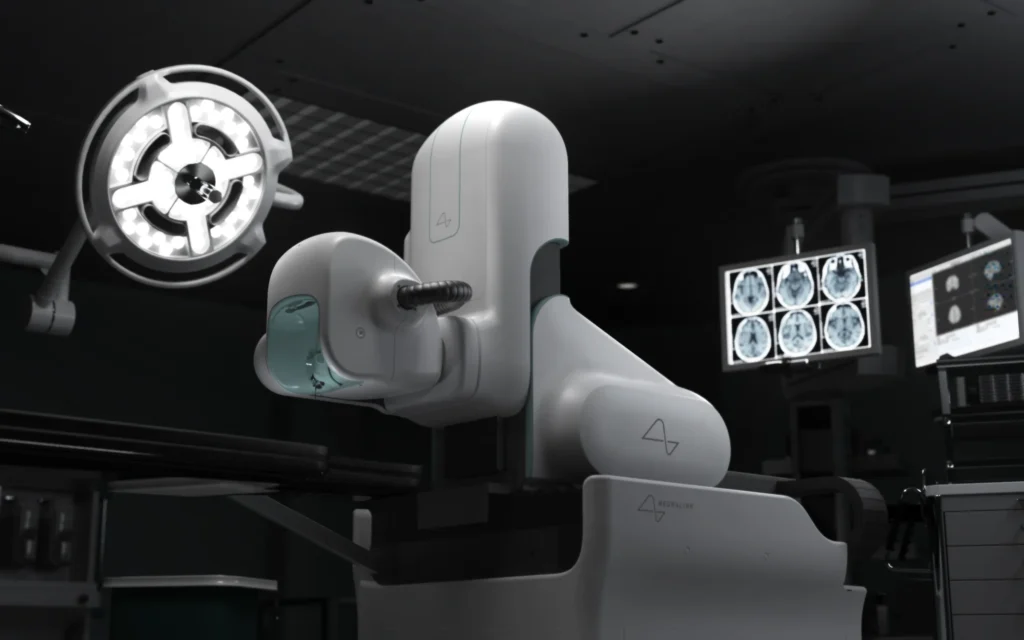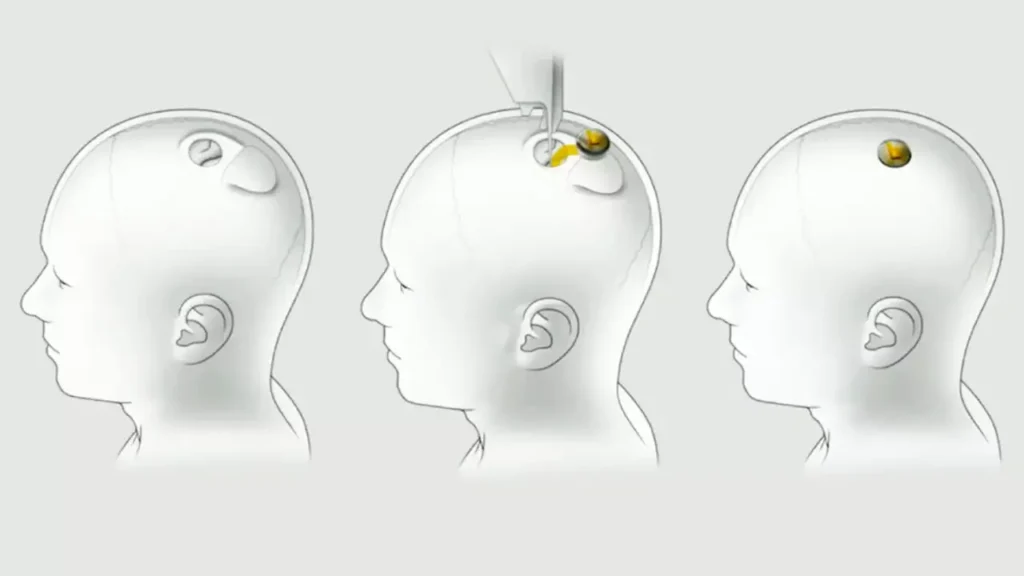American neurotechnology startup Neuralink Corp., which will be headquartered in Fremont, California as of 2022, is working on implanted brain-computer interfaces. Neuralink, which was established in 2016 and initially made public in March 2017, was created by Elon Musk and a group of seven scientists and engineers.
What exactly does Neuralink do?
It aims to create a brain-computer interface so those who have experienced catastrophic injuries can use their thoughts to operate phones and computers.
We will discuss Neuralink’s definition, goals, background, and the significance of being granted permission to carry out in-human trials in this blog.

Within this Blog,
- Describe Neuralink.
- The Good vs. Bad
- Final Thoughts
How does Neuralink work?
Let’s start with identifying the company’s brain trust. The Boring Company, Tesla, SpaceX, and Neuralink are just a few of the cutting-edge businesses that billionaire businessman Elon Musk owns. In a nutshell, Musk wants Neuralink to “create a generalized brain interface to restore autonomy to those with unmet medical needs today and unlock human potential tomorrow.”
A device that facilitates communication between the brain and external software or hardware, like a computer or prosthetic, is known as a brain-machine interface. People who have been incapacitated neurologically, physically, or by any other means can have their functioning restored or replaced by scientists and engineers using BMI.
Neurolink facilitates connection between electronics and neurological problems, hence improving comprehension and management of disorders related to the brain.
According to Neurolink (n.d.), a few possible uses are as follows:
Restoring lost sensory functions: By directly activating the appropriate brain regions to circumvent destroyed sense organs, Neuralink may be able to assist people with sensory impairments, such as blindness or deafness.

Neurological illnesses: By adjusting brain activity or providing targeted medicines, the technology may offer novel approaches to treating diseases including epilepsy, Parkinson’s disease, and other neurological disorders.
Improving cognitive capacities: By establishing a more direct and effective interface between the brain and computers, Neuralink holds the potential to improve human intellect. Improved memory, quicker communication, and even direct access to instant information from the internet could all be made possible by this.
Enhancing human-computer interactions: By removing the need for physical input devices and enabling a more seamless interaction, people may be able to operate computers or other digital devices with their thoughts thanks to a brain-machine interface.
Developing artificial intelligence (AI): Neuralink’s technology may make it easier for AI systems to integrate with the human brain, enabling better problem-solving and teamwork.
The Good vs. The Bad
Similar to other new technologies, neurallink may have advantages as well as disadvantages. Potential advantages and disadvantages of Neuralink include the following:
Benefits:
Developments in medicine: Neuralink has the potential to cure neurological illnesses in novel ways, bring back lost sensory abilities, and enhance general brain function and cognition.
New heights of human achievement and cooperation could be possible with a brain-machine interface by providing people with access to increased computer power, memory improvements, and better communication.
enhanced human-computer interaction: Direct brain-computer interfaces made possible by Neuralink have the potential to completely change how people communicate with computers and other digital devices by enabling smooth, intuitive control.
Possibility for scientific research: The technology may give scientists fresh perspectives on how the human brain functions, advancing the fields of neuroscience and cognition research.
Cons:
Safety concerns and surgical risks: The Neuralink device must be implanted through surgery, which carries a number of hazards including bleeding, infection, and brain tissue damage. A key factor will be making sure the technology is dependable and safe.
Ethical considerations: As brain-machine interfaces advance, ethical issues are brought to light. These issues include potential misuse of the technology, privacy concerns concerning the gathering and storing of sensitive neural data, and issues with consent and human augmentation.
Equity and accessibility: Neuralink may be costly and only available to a small number of people in its early phases, which could exacerbate already-existing healthcare disparities and limit prospects for improvement.
Long-term impacts and unidentified hazards: Since Neuralink is a relatively new technology, it is still unknown how long-term brain effects and possible risks related to chronic implantation will be affected. To guarantee the security and effectiveness of the technology, in-depth investigation and stringent testing are required.
In summary
The goal of the surgical process used to implant the Neuralink chip in the human brain is to create a direct interface between the brain and computers. A group of medical experts works to implant the chip and create neural connections within the brain through pre-operative planning, sedation, burr hole formation, insertion of the Neuralink device, and closing the incision.


